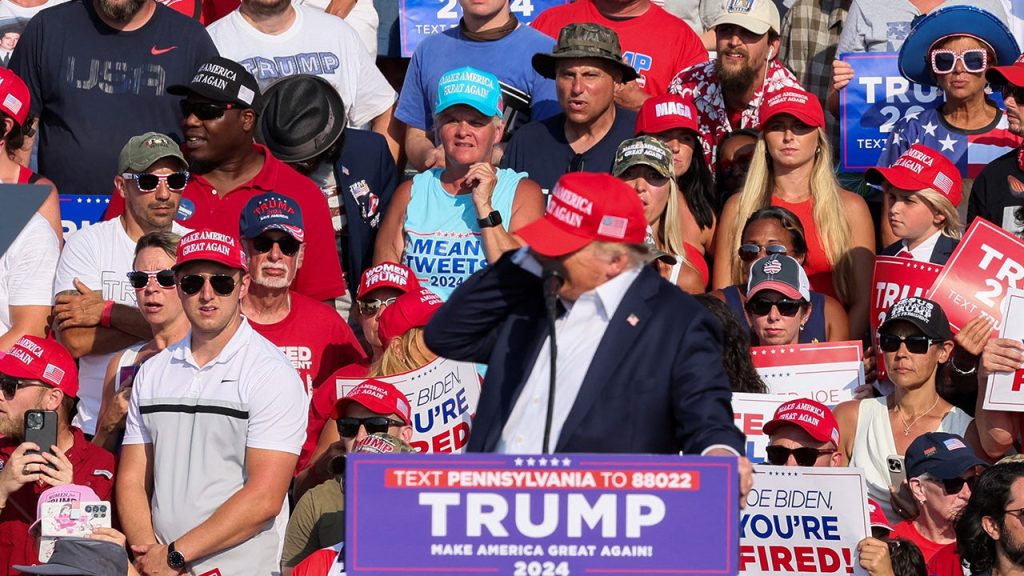The U.S. Secret Service issued a response to reports about the lack of communication between agencies during the attempted assassination of former President Trump in Butler, Pennsylvania, earlier this month. Thomas Matthew Crooks was able to gain access to a roof and fired eight rounds, grazing Trump’s ear and killing one man before being shot and killed. Reports suggest law enforcement was aware of a suspicious person, raising questions about communication between agencies. The Secret Service vowed to understand the timeline to prevent such incidents in the future.
A police officer on a local tactical team assigned to the rally stated that there was no contact between their SWAT team and the U.S. Secret Service before Trump was shot. The lack of communication was considered a critical failure that led to Crooks wounding Trump and killing a spectator. The officer mentioned that the face-to-face briefing with the Secret Service never happened, highlighting a breakdown in planning. There was no communication between the SWAT team and the Secret Service, leading to missed opportunities to prevent the shooting.
Since the assassination attempt, Secret Service Director Kimberly Cheatle has resigned, and several investigations have been launched to determine what went wrong. The lack of communication between law enforcement agencies and the Secret Service has raised concerns about the handling of security threats. Members of the SWAT team assigned to the rally were positioned hours before Trump took the stage but had no communication with the Secret Service until after the shooting. This delay in communication was deemed too late to prevent the assassination attempt.
One of the Beaver County snipers took pictures of Crooks and reported his suspicious presence to command, but the gunman still managed to position himself on the roof and fire shots at Trump. Despite the efforts of the SWAT team, the lack of coordination with the Secret Service allowed Crooks to carry out the attack. Trump’s security detail and advisers questioned why they were not alerted to the presence of a suspicious person before the shooting. There were concerns about the failure to share critical information that could have prevented the attempted assassination.
Members of Trump’s Secret Service detail and top advisers believed the sounds of shots were fireworks until they realized it was an attempted assassination. The lack of communication and coordination between agencies led to confusion and delays in responding to the threat. The reports of the incident have prompted a reevaluation of security protocols and communication procedures to prevent similar incidents in the future. The Secret Service and other agencies involved in protecting high-profile individuals are working to ensure better collaboration and information sharing to enhance security measures.


